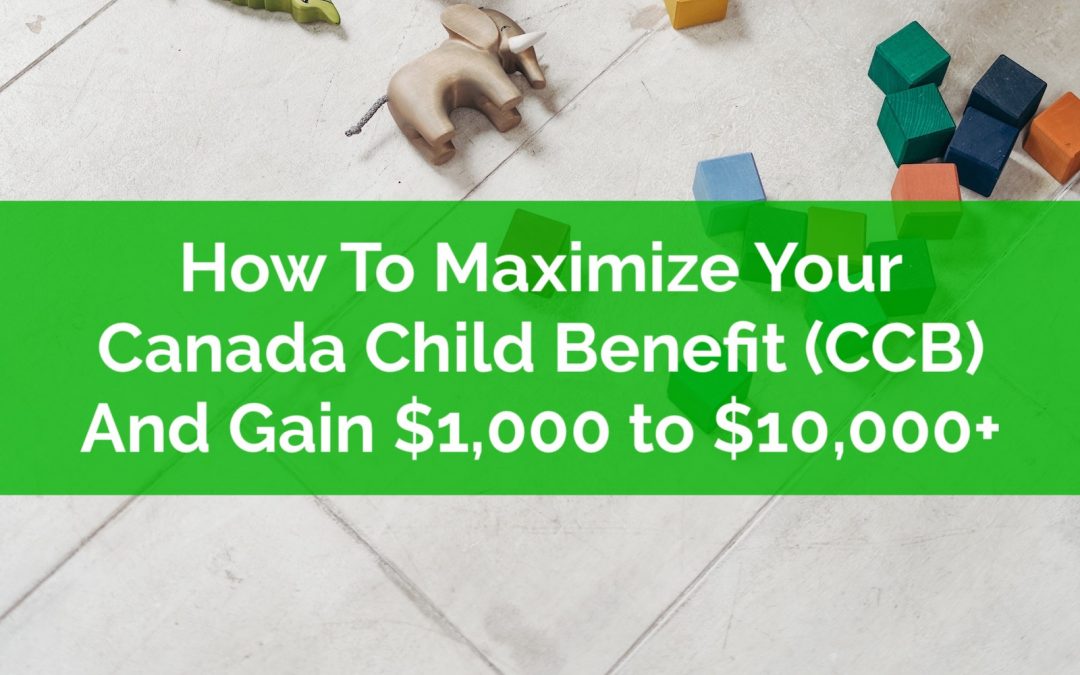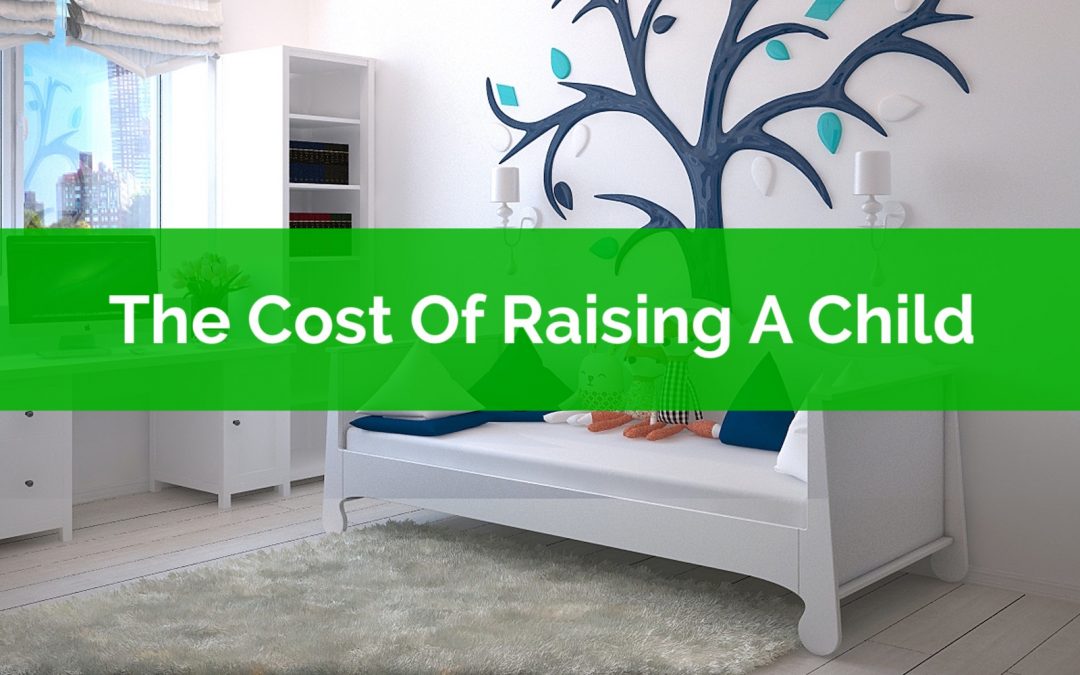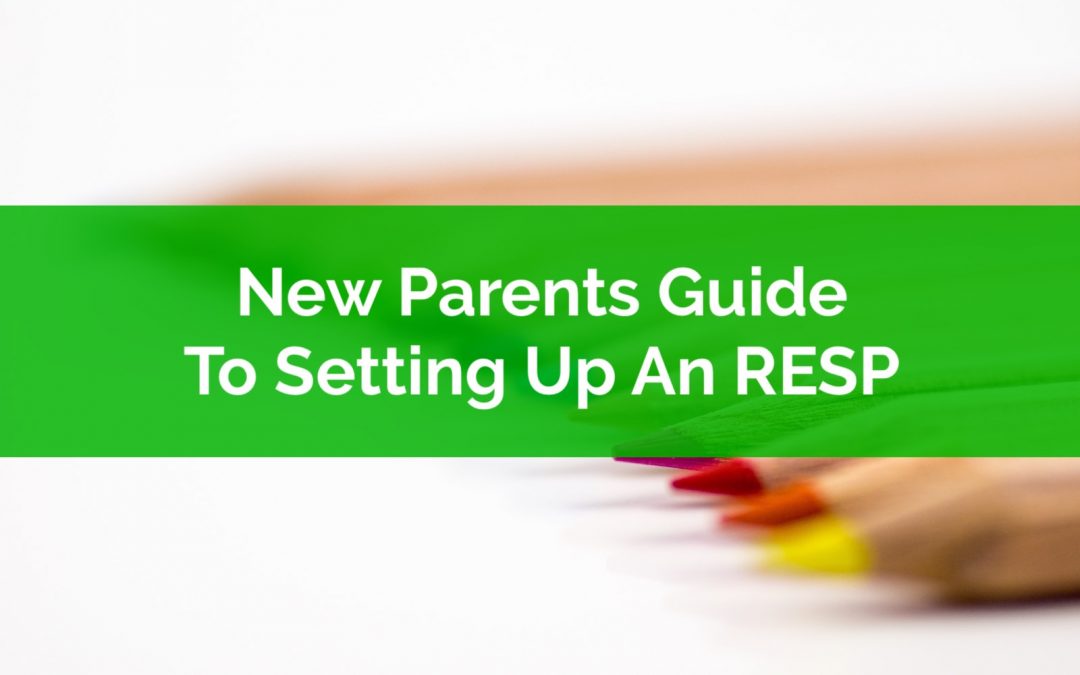
by Owen | Jun 27, 2022 | Financial Planning, Government Programs, Investment Planning, RESP/Kids Education, Saving Money, Tax Planning
If you currently have children, or if you’re planning to have children soon, or if you know someone with children, then this blog post could help you increase the Canada Child Benefit (CCB) by $1,000’s or even $10,000’s.
The Canada Child Benefit is a generous government benefit. It’s available to families with children aged 17 and under. This benefit is based on taxable income and can be maximized with some careful planning.
By using just two common accounts, the TFSA and the RRSP, we can maximize the Canada Child Benefit (CCB) and also minimize income tax.
The net result is $1,000’s or $10,000’s in additional Canada Child Benefit (CCB) and potentially $100,000+ in additional net worth over the course of a financial plan.
In this blog post we’re going to go through a specific example of how one family can boost their Canada Child Benefit by over $55,000, and when combined with income tax reductions, improve their overall net worth by $300,000+

by Owen | Mar 28, 2021 | Investment Planning, RESP/Kids Education
One of the hardest things about RESPs is choosing the right investment and managing the allocation between stocks and bonds. There are so many RESP investment options and it becomes especially challenging when families have more than one child. When families have a few children, who are perhaps a few years apart in age, it becomes very challenging to set the right asset allocation for the investments inside the family RESP.
Why is it important to set the right asset allocation?
Asset allocation is a large driver of risk. The more equity assets in a portfolio, and the less fixed income assets, the more risk. There is always risk when investing, whether that be in stocks or bonds, but stocks have always had a “risk premium”. That means they have a higher risk but also a higher return.
When managing asset allocation in an RESP we need to be very careful because were typically investing over a few different time horizons.
A 16-year old high school student is going to have a very different asset allocation in their RESP than a 4-year old pre-schooler. We want to make sure the 16-year old has money for post-secondary in two years and isn’t going to lose half of their education fund during a downturn. On the other hand, our pre-schooler has loads of time, so we can take on a bit more risk and hopefully grow their education savings over the next 14+ years.
It’s these different investment horizons that make investing inside an RESP especially challenging (even more so for self-directed RESPs where the individual investor is making all the decisions).
Typical investment horizons for RESPs include…

by Owen | Nov 9, 2020 | Budgeting, Buying A Home, Down Payment, Financial Goals, Financial Planning, Get Out Of Debt, Pay Off Mortgage, RESP/Kids Education
There’s a common misconception that financial planning isn’t necessary when you’re young. Young people are often told to go “read some books” about personal finance. Financial planning is traditionally thought of as something reserved for those with higher income, higher net worth, transitioning into retirement etc.
The fact is… this couldn’t be further from the truth.
One of the BEST times to build a financial plan is when you’re young, when you have lots of options, when you’re designing your life (both personally and financially), and when you’re making some BIG financial decisions that will impact you well into the future.
Some of the financial decisions you make while you’re young can haunt you for years or decades. Making the right decisions now can mean less stress and greater peace of mind in the future.
So why is there this misconception that financial planning isn’t for young people?
Most likely because financial planning in the past was focused on products, it was all about investments, insurance, new debt etc. Products that could be sold. Young people were often left out of the conversation because in general, young people don’t need products, they need advice.
Getting the right advice is so important when you’re young.
Even small decisions can have an enormous impact over time. It’s important to get the right advice early on, avoid common mistakes, and create the right systems and habits that will pay dividends for decades to come.
This advice should cover a few key areas that “traditional” financial advisors rarely cover.

by Owen | Jul 13, 2020 | Budgeting, Financial Goals, Financial Planning, RESP/Kids Education, Saving Money
Children are expensive. That’s something we can all appreciate. But just how expensive are they? What is the cost of raising a child? What is the cost of raising 2, 3, 4+ children?
For new parents, or soon-to-be parents, the cost of raising a child can be a real guessing game. As parents to two young children, my wife and I felt the same uncertainty when we started our family. We had to guess about how much it would cost and what kind of expenses we needed to anticipate.
We anticipated some costs, especially in the first few years, but we never took the time to look at the total cost of raising a child, we just didn’t know where to begin.
As many parents can attest to, raising a child is expensive. There are many costs when raising a child. From diapers to daycare, food to formula, the total cost of raising a child is shockingly large.
The estimated cost of raising a child in Canada is $203,550! Wow!
Plus, this estimate doesn’t even include educations savings like RESP contributions. Add in enough RESP contributions to max out the $7,200 government grant and you’re at a total cost of $239,550 to raise a child in Canada!!!
With each child costing nearly a quarter million dollars, anticipating these costs becomes a very important part of a financial plan. It’s also important to realize this this quarter million is very front loaded, with a lot of the cost coming in the early years. For new families this is important.
When building a plan, we want to anticipate these costs on a year-by-year basis, we want to understand when these expenses will occur, and we want to plan for possible cash flow issues down the road.
We also want to help new parents understand that there is a light at the end of the tunnel, because for parents with 1, 2, or 3+ young children, the cost of daycare and diapers can feel pretty overwhelming.
Lastly, we also want to anticipate government benefits and tax credits, both can help offset a large percentage of the cost of raising a child. This is an important part of a family plan and can be worth thousands of dollars per year, so we don’t want to ignore them.

by Owen | Apr 6, 2020 | Budgeting, Financial Planning, RESP/Kids Education
Starting a family is probably one of the most complex periods in a person’s financial life. There are changes to income, expenses, insurance, investments (RESPs) etc.
Anticipating and managing all these changes can be overwhelming. It’s good to have a framework to help understand what changes you can expect and how large they may be.
It’s also a good idea to prepare yourself financially for all these big changes. There are a few things you can do to prepare your finances for a decrease in income and an increase in expenses.
Generally you can separate the financial changes when starting a family into six different areas.
There are changes to…
– Income
– One-time expenses
– On-going expenses
– Insurance
– Investments
– Taxes and Gov. Benefits
In each of these areas there are different financial impacts that come with starting a family. Some of these impacts are positive and some are negative.
For example when it comes to Income, most new parents can expect to receive the Canada Child Benefit, one of the most generous benefits in Canada. This government benefit could add thousands to a new parents annual income (plus its non-taxable!) But at the same time a new parent may take 12-18 months off work which has a very negative impact on Income.
There are also many new expenses a new parent will face. There are one-time expenses, on-going expenses and then short lived but high cost expenses like daycare.
To help a new parent plan all these changes we need to look at each area separately to understand what changes we might expect.

by Owen | Feb 17, 2020 | Financial Planning, Investment Planning, RESP/Kids Education
Congratulations! You’re starting a family or have already started a family and through all the craziness of raising children you’re also thinking about setting up an RESP. That’s fantastic!
As a new parent you now get access to a special tax advantaged account called the RESP and it comes with some special features that all parents should take advantage of.
As the name implies, the Registered Education Savings Plan (RESP) is meant to help parents (or relatives) save for a child’s post-secondary education.
There are a few benefits to the RESP that make it attractive to parents. One is that investments inside the RESP are able to grow tax free. The second is that contributions receive a matching grant of up to 20% or $500 per year, whichever is lower. Plus there are even extra grants and learning bonds available for lower income families.
But with all the attractive features of an RESP there are also some restrictions. These restrictions can sometimes be worrisome for parents and cause them to avoid setting up an RESP for their children. In this post we’ll explain what an RESP is, what you’ll need to set one up, some of the terminology you’ll encounter, and finally how to withdraw from your RESP in the future.






